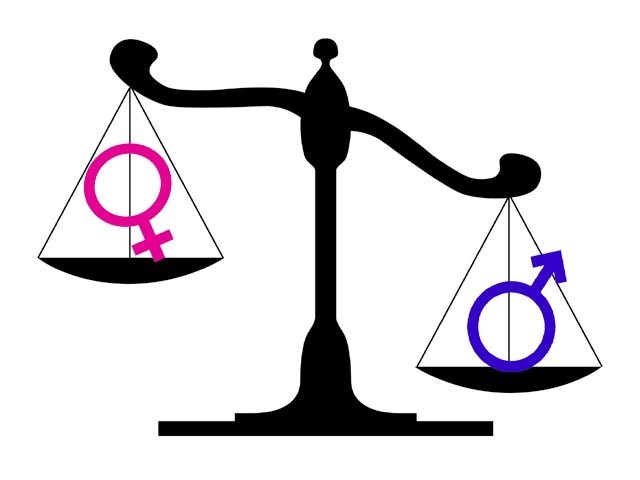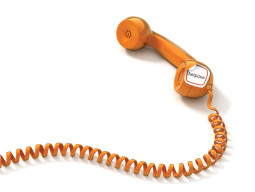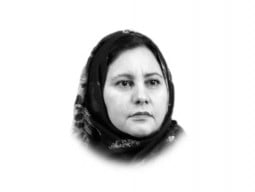
UPPER DIR:
Third-grader Imama goes to a primary school meant for boys in Ittefaq Colony because of inadequate education facilities for girls in Upper Dir district.
Boys disrupt the classroom, she complains.
Imama’s parents have allowed her to attend a school for boys but many girls lose out on learning because of cultural reservations regarding male and female interaction. Hence, many parents do not let their girls study past the primary level.

According to data shared by a district education department official, who requested not to be named, there are 25 middle schools for girls, where only 36 women are available to teach, and nine high schools where 64 female teachers are employed. These figures reflect two problems: First, the number of middle schools for girls is much less than those available for boys – 66 institutes with 345 teachers. Second, an adequate number of female teachers are not employed at the few girls’ middle schools that do exist.
The situation is no better at the secondary and the higher secondary level. Thirty-eight government high schools for boys enjoy a 410-member strong teaching staff, while only 64 female instructors are appointed for nine girls’ high schools. Similarly, boys have six higher secondary schools to choose from with 106 teachers, while girls only have two higher secondary schools with 29 female teachers on record.
Students would often protest due to the less number of teachers, schools and other facilities, while many drop out in absence of a functioning education system. Due to fewer opportunities for girls, most schools have become co-education by default.
The condition of many schools, for both boys and girls, is also a point of contention for those who wish to educate their children. However, the majority of institutes for girls – at all levels – suffer from a lack of basic amenities such as clean water, bathrooms, boundary walls and electricity, thus reinforcing major inequalities in educational opportunities between boys and girls in Upper Dir.
Rafiullah, who teaches at a boys’ primary school in Warhi, said teachers here are overworked because of the high student to teach ratio, adding that teaching boy and girls together is challenging due to cultural constraints.
He feels that academic growth of female students suffers because girls do not discuss their problems with male teachers. Similarly, both boys and girls are uncomfortable asking questions in front of members of the opposite sex.
Having girls and boys in the same classroom is leading to other disruptions as well.
Another student, Saeeda, recalled when a boy wrote ‘immoral’ statements in her notebook, which led to his suspension as well as a dispute between their families.
Jamaat-e-Islami MNA Sahibzada Tariqullah blamed government policies for the state of education. Thousands of posts for teachers are empty and 45 high schools are running without principals, he said. “If the education budget increased from 2 to 5% than the problems can be solved,” the MNA said.
Published in The Express Tribune, April 7th, 2014.













































COMMENTS
Comments are moderated and generally will be posted if they are on-topic and not abusive.
For more information, please see our Comments FAQ